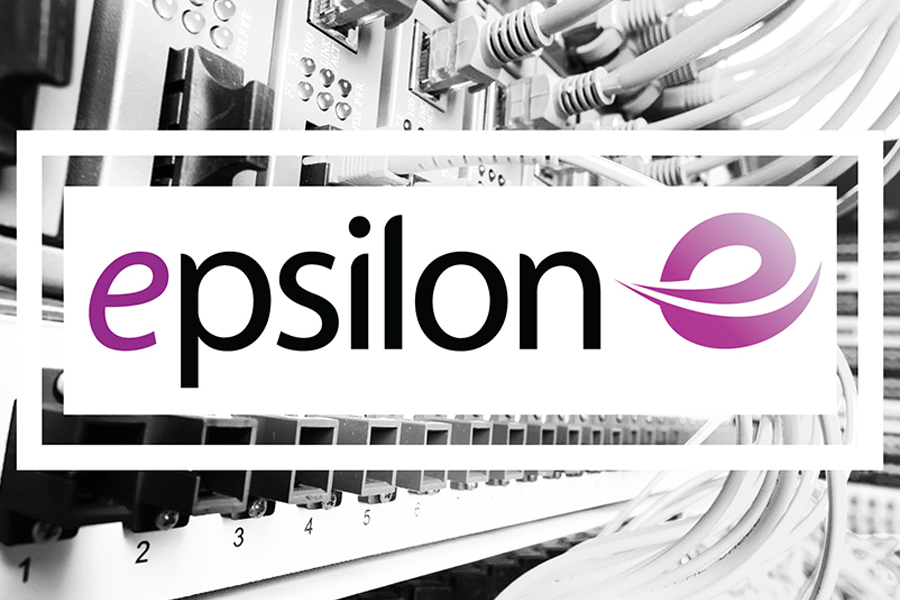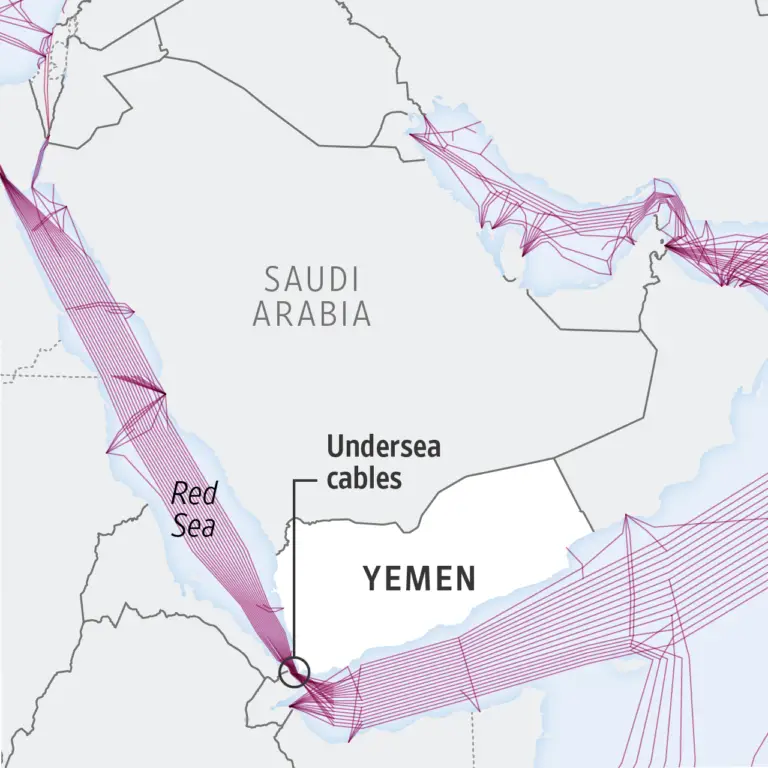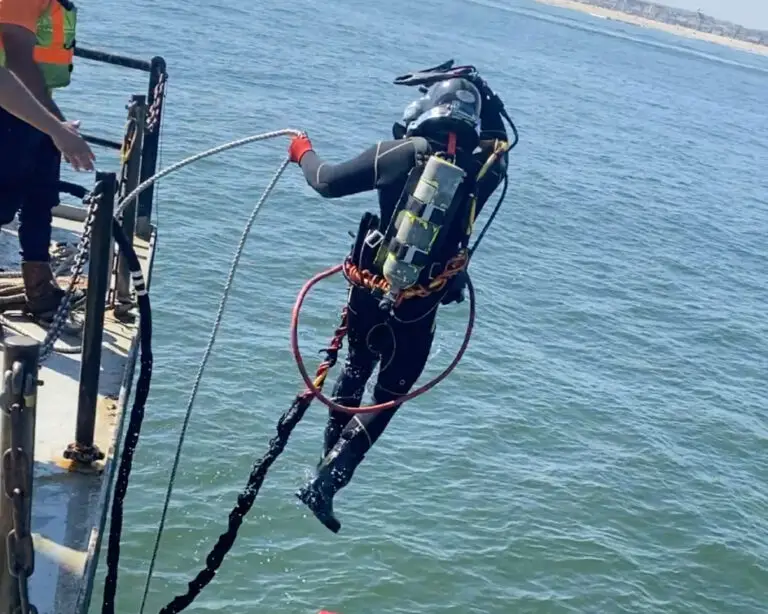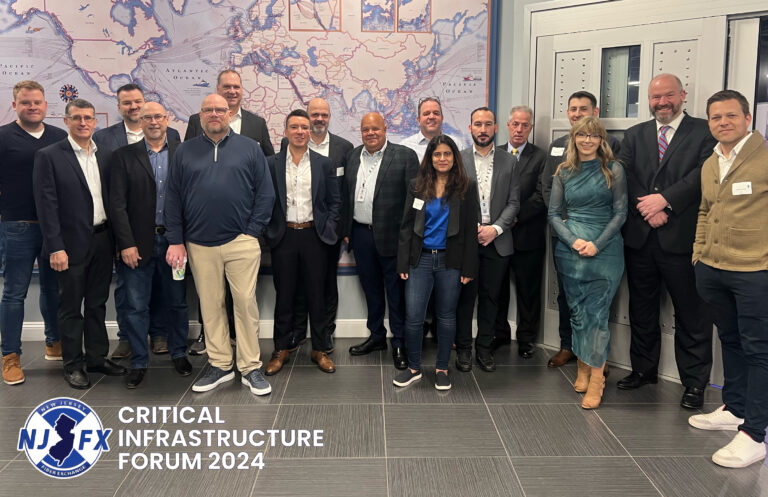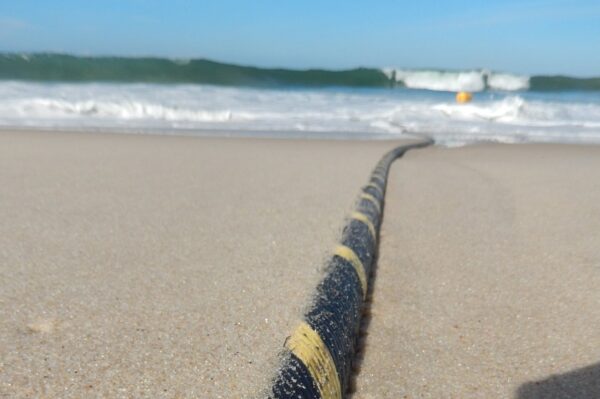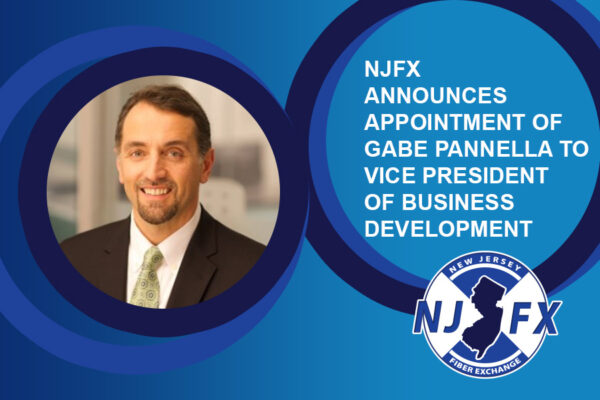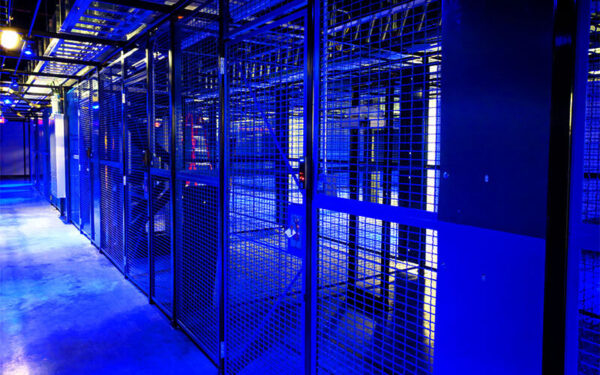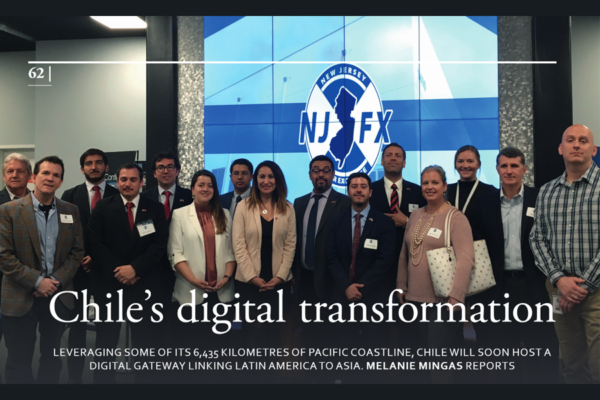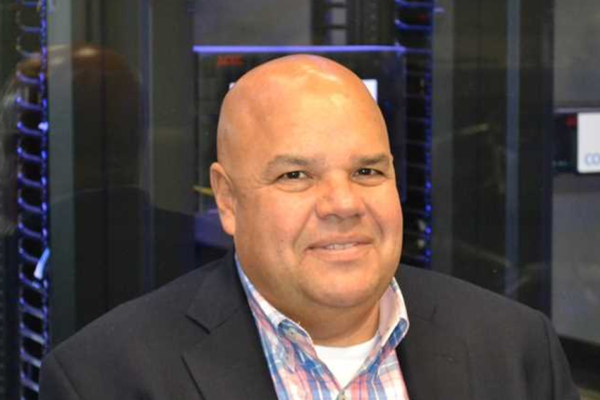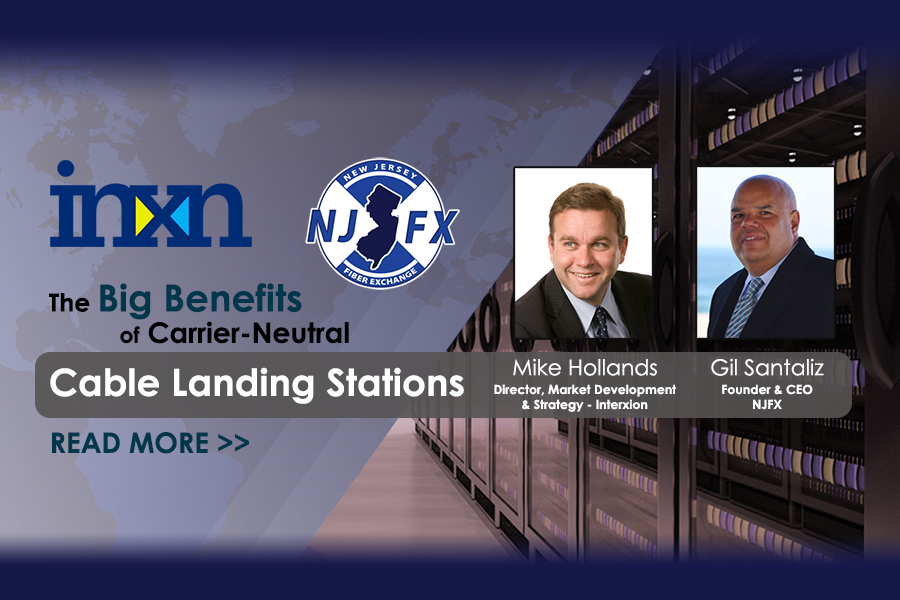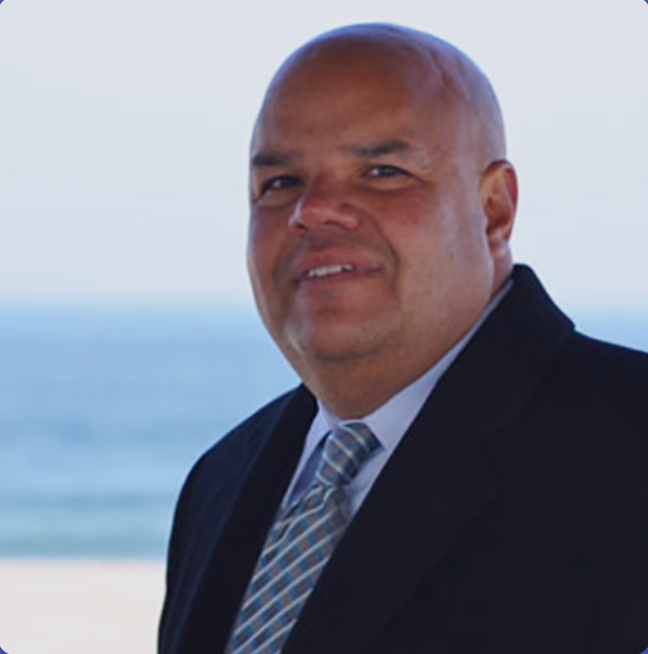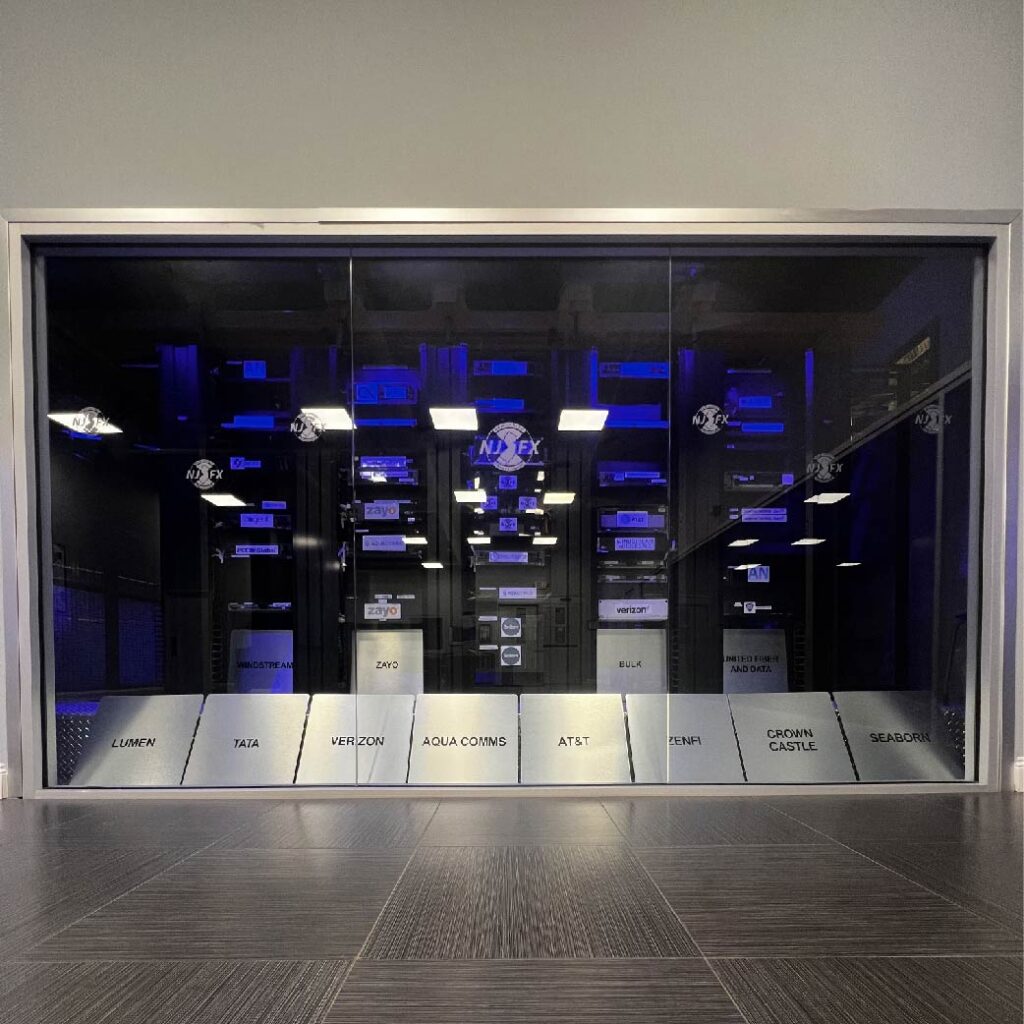Epsilon to Host Webinar on Serving Next-Gen Enterprise Cloud Demand
Epsilon to Host Webinar on Serving Next-Gen Enterprise Cloud Demand
Leading network service provider and NJFX to discuss the growing forces that are creating a shift in networking service models, whilst illustrating the business case for SDN and API interoperability
See the original article here at Businesswire
April 17, 2018
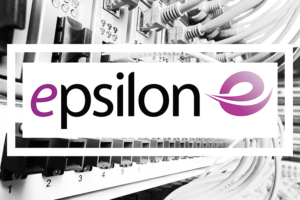
NEW YORK–(BUSINESS WIRE)–Epsilon®, a privately owned global communications service provider, today announced that it will be hosting a webinar entitled “Serving Next-Gen Enterprise Cloud Demand with Software Defined Networking” on Tuesday, April 24, at 10am ET. This webinar is exclusive to the industry analyst community and will focus on the evolving needs of the data center as applications including artificial intelligence, machine learning, IoT and more are driving the always-on, connected world that we live in. With the global transformations that these applications promise to deliver, the connectivity model must also adapt in order to not stifle innovation.
“At Epsilon, we are working to proactively meet our customers’ connectivity needs, in partnership with data centers like NJFX. This webinar will allow both Epsilon and NJFX to have an open dialogue with the analyst community about the best way to address these needs.”
Epsilon is a cloud-centric network service provider, extending carrier grade connectivity services to communications and cloud ecosystems. The company offers networking capabilities that combine on-demand infrastructure, automation, web-based portals and APIs designed to enable global connectivity.
Attendees will have the opportunity to hear from Epsilon co-founder and chief executive officer, Jerzy Szlosarek, on the growing forces that are cultivating the shift in networking service models, whilst illustrating the business case for Software Defined Networking (SDN) and API interoperability that will serve the evolved enterprise networking needs. Gil Santaliz, CEO of NJFX—operating the only U.S. Tier 3 data center located at a Cable Landing Station (CLS)—will also participate in the webinar discussing how the two operators are working together.
“Emerging technology is forcing enterprises to reevaluate how they manage, support and store these applications. As a result, the data center industry must evolve to not only meet its customer’s current application and connectivity needs, but also those needs that have yet to be realized as technology continues to advance,” said Jerzy Szlosarek, CEO, Epsilon. “At Epsilon, we are working to proactively meet our customers’ connectivity needs, in partnership with data centers like NJFX. This webinar will allow both Epsilon and NJFX to have an open dialogue with the analyst community about the best way to address these needs.”
The webinar will be held on Tuesday, April 24, at 10am ET, and is exclusive to the analyst community. Registration is now open and can be accessed here.
About Epsilon
Epsilon is a global Cloud Centric Network service provider, extending carrier grade connectivity services to the world’s Communications and Cloud ecosystems. The company offers smart networking capabilities that combine on demand infrastructure, automation, web-based portals and APIs to give partners friction-free access to global connectivity.
All Epsilon services are powered by a next generation hyper-scalable global backbone which connects all the leading telecoms hubs globally. Across this fabric encompasses a dense ecosystem of carriers, service operators and cloud providers offering the leading interconnect point for a diverse set of network and connectivity requirements. For more information, please visit www.epsilontel.com.
Contacts
Witz Communications
Jas McDonald, 919-356-7059
[email protected]
###
About NJFX:
NJFX is a Tier 3 Carrier Neutral Cable Landing Station campus. Our colocation ecosystem has expanded to over 35 network operators offering flexibility, reliability, and security. Our Wall, NJ location provides direct access to multiple subsea cable systems giving our carriers diverse connectivity solutions and offers direct interconnection without recurring cross-connect fees.
Latest News & Updates
Stay informed with the latest press releases, industry news, and more.
Epsilon to Host Webinar on Serving Next-Gen Enterprise Cloud Demand Read More »

